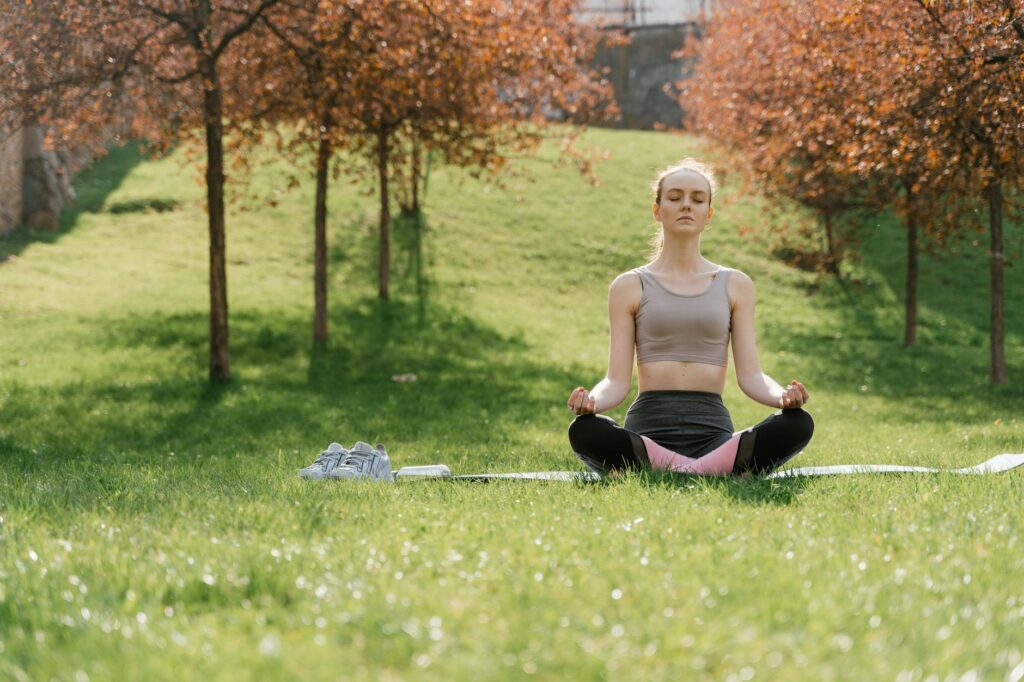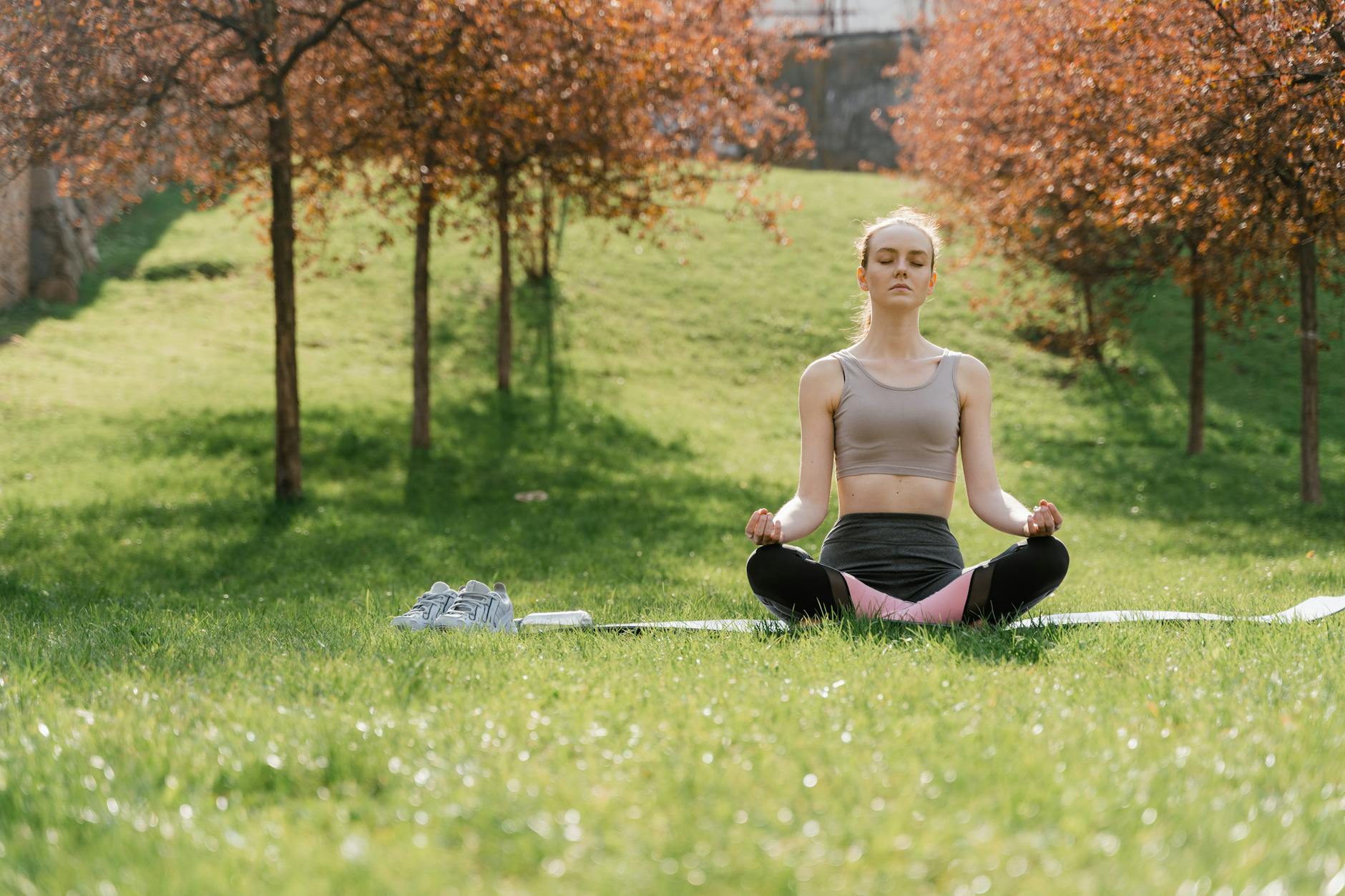What is inner peace practices?

What is inner peace practices?
In our fast-paced world, finding a moment of calm can feel impossible. The constant buzz of notifications, deadlines, and responsibilities often overshadows our inner tranquility. This is where inner peace practices come into play. These methods not only foster serenity but can also enhance productivity, improve work-life balance, and support personal development. By incorporating inner peace practices into your daily routine, you can transform stress into a more balanced life.
Understanding Inner Peace
Inner peace is a crucial aspect of mental and emotional well-being. By defining what inner peace truly means and exploring its importance, we can better appreciate the necessity of cultivating this state of mind.
What is Inner Peace?
Inner peace can be described as a state of mental and emotional stability, free from stress and anxiety. Imagine a calm lake on a still day; that’s what inner peace feels like. It’s the absence of chaotic thoughts and the presence of clarity and calmness. Achieving this state allows us to navigate life’s challenges more effectively, providing a buffer against negativity and external pressures.
The Benefits of Achieving Inner Peace
The advantages of attaining inner peace go beyond mere relaxation. It significantly contributes to your overall health. For instance, those who practice inner peace often enjoy enhanced focus and increased productivity. It also leads to better relationships, as you become more empathetic and understanding toward others. Research indicates that inner peace can lower stress levels, improve sleep quality, and even boost your immune system. To dive deeper into the physiological benefits, check out this source on the benefits of Inner Peace.
Popular Inner Peace Practices
There are various practices you can adopt to nurture inner peace. Let’s explore some popular methods.
Meditation Techniques
Meditation is a powerful tool for cultivating inner peace. Different techniques cater to diverse preferences and needs:
- Mindfulness Meditation: This involves focusing on the present moment, observing thoughts without judgment.
- Guided Meditation: Listening to a meditation guide can help ease you into a state of relaxation.
- Transcendental Meditation: This requires the repetition of a mantra, providing a focal point for your mind.
Each of these techniques offers unique benefits, allowing you to find the one that resonates with you. For more insights, check this article on inner peace.
Breathing Exercises
Sometimes, all you need is to take a moment to breathe. Simple breathing exercises can promote relaxation and reduce stress. Techniques like diaphragmatic breathing or the 4-7-8 method can help calm your nervous system, making it easier to achieve a peaceful state.
Journaling for Inner Peace
Journaling is another effective practice. It allows you to process emotions and gain clarity. By writing down your thoughts, you can externalize feelings that may be weighing you down. This practice not only promotes emotional release but also helps you understand yourself better.
Nature and Mindfulness Walks
Spending time in nature can significantly enhance your sense of peace. A mindful walk allows you to connect with your surroundings, focusing on the sights, sounds, and smells. Such experiences can ground you and grant you a fresh perspective on life.

Photo by MART PRODUCTION
Creating a Personal Inner Peace Routine
Establishing a personal routine tailored to your preferences can significantly maximize the benefits of inner peace practices.
Identifying Your Needs and Preferences
Take time to reflect on which practices resonate most with you. Do you feel more relaxed meditating, or do you find joy in writing? Identifying your preferences allows for a more effective implementation.
Setting Realistic Goals
When incorporating inner peace practices into your life, setting achievable goals is crucial. Start small—perhaps meditating for five minutes daily and gradually increase your time. This approach makes the transition smoother and more sustainable.
Consistency and Commitment
Being consistent is key to experiencing the full benefits of inner peace practices. Commit to your routine and make it a priority in your life. Over time, these practices will become an integral part of your daily existence.
Overcoming Challenges in Inner Peace Practices
While pursuing inner peace can be rewarding, it’s not always easy. Many face obstacles that may hinder their progress.
Time Management for Inner Peace
Finding time for inner peace practices in a busy schedule can seem daunting. However, effective time management can make it more feasible. Try to carve out specific moments in your day—perhaps right after waking up or before going to bed.
Staying Motivated
Maintaining motivation can be challenging. Remind yourself of the benefits you’ll gain from these practices. As you notice improvements in your mental clarity and emotional well-being, your motivation will naturally increase. Don’t hesitate to adapt your practices as needed; flexibility can keep you engaged and committed.
Conclusion
Inner peace practices offer a pathway to a more balanced and fulfilling life. By exploring various techniques and creating a personalized routine, you can cultivate tranquility and resilience in the face of life’s challenges. Start integrating these practices today and watch as your productivity and overall well-being flourish. Remember, every small effort counts in the journey toward inner peace.
For more information on cultivating inner peace, you might find this resource on mindfulness beneficial.